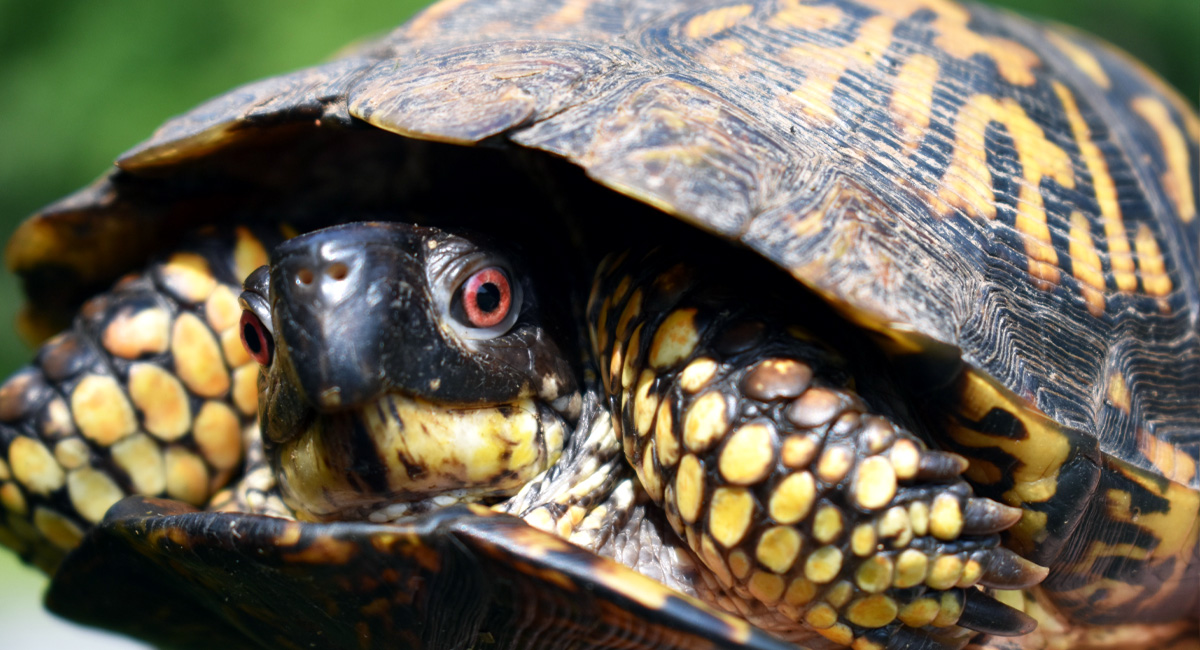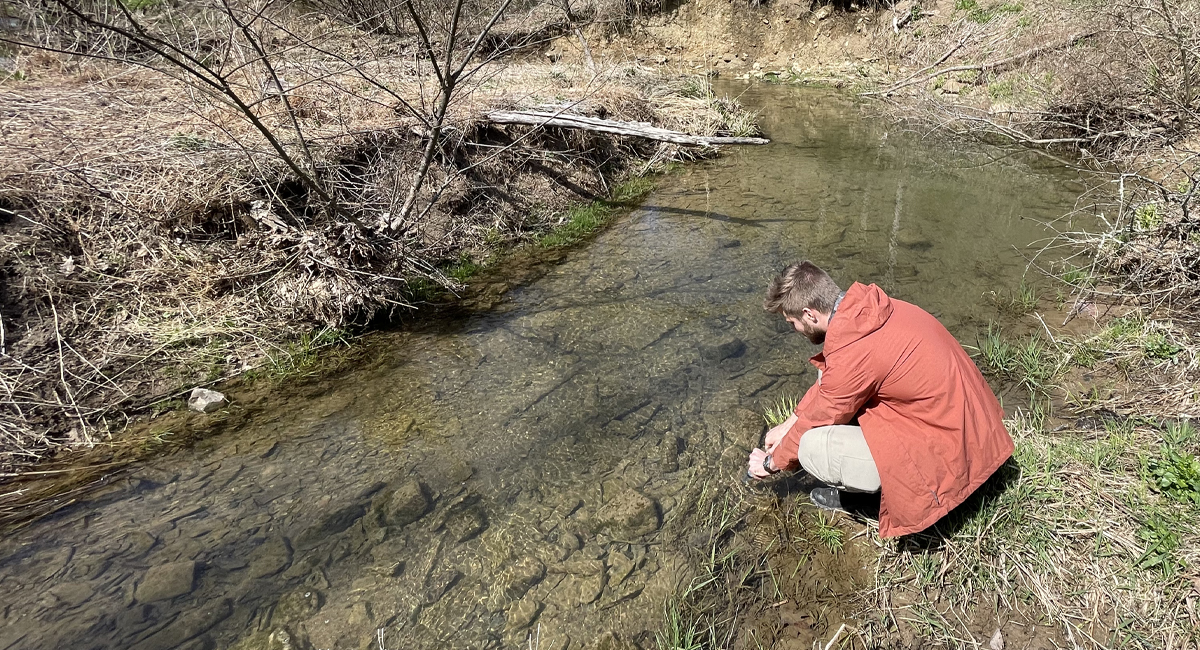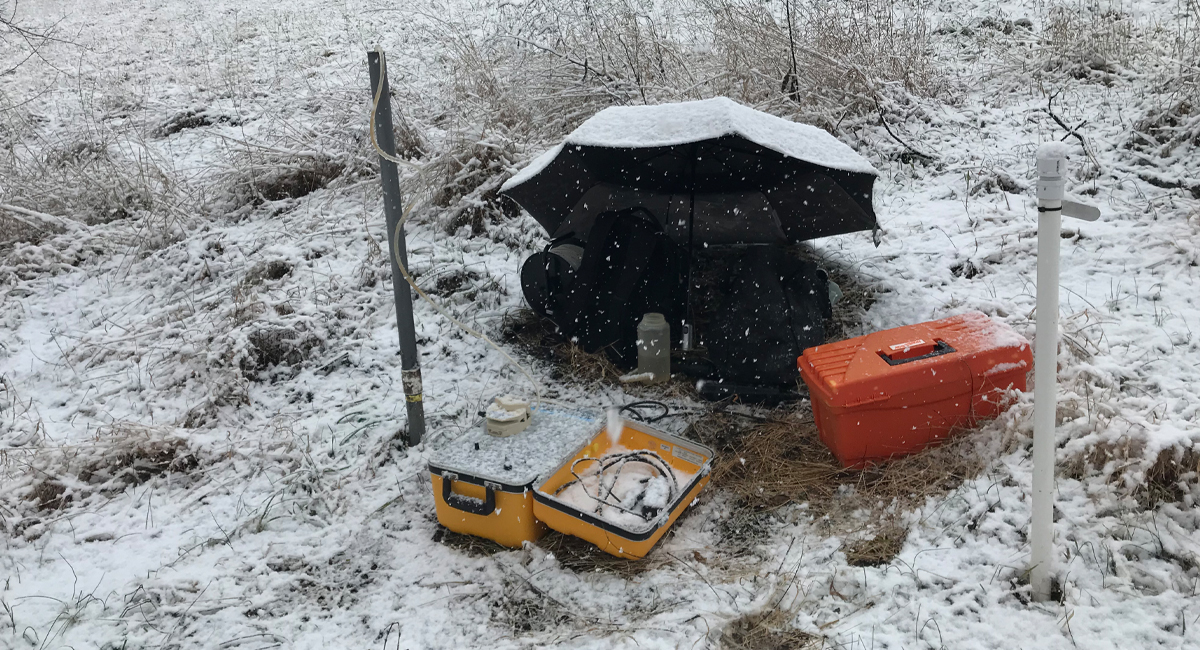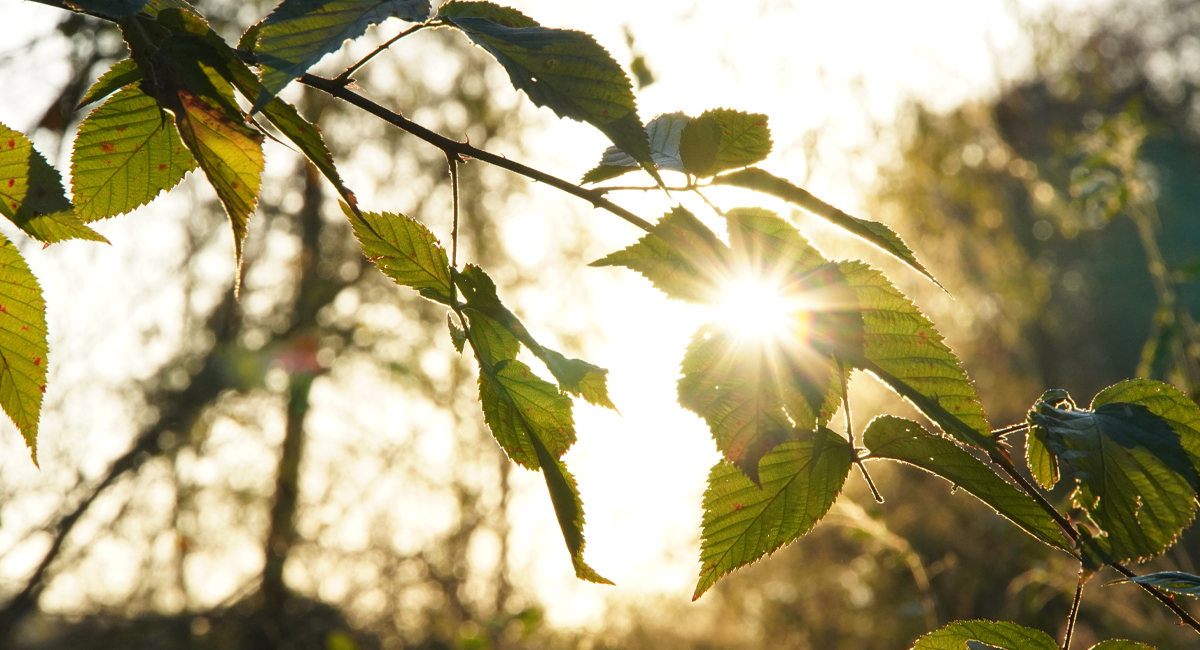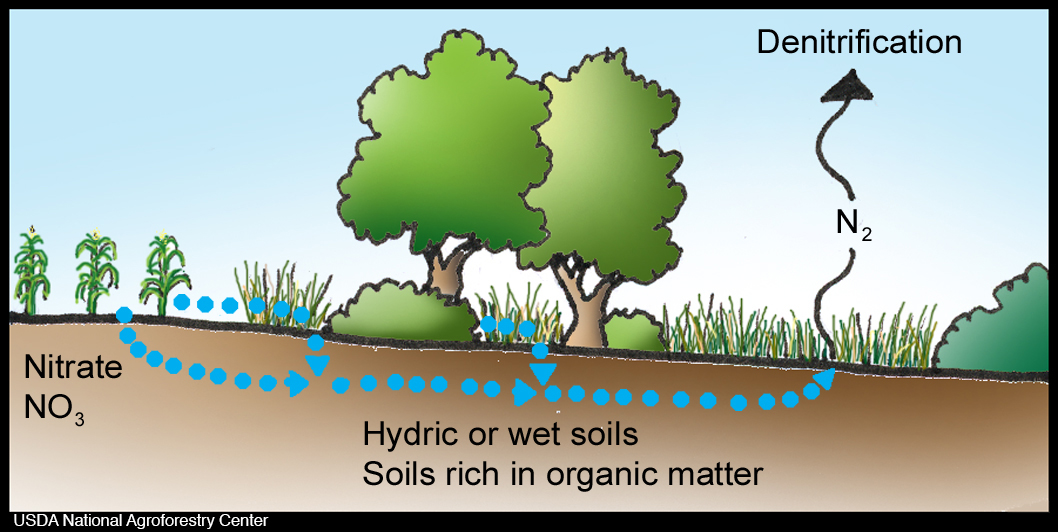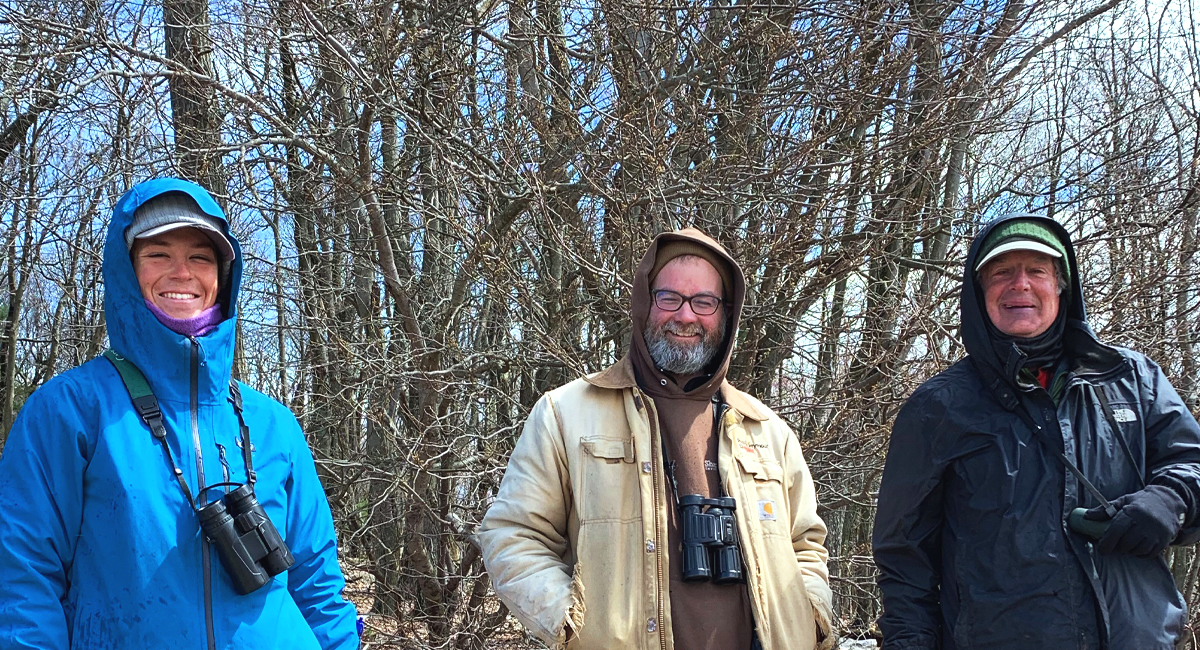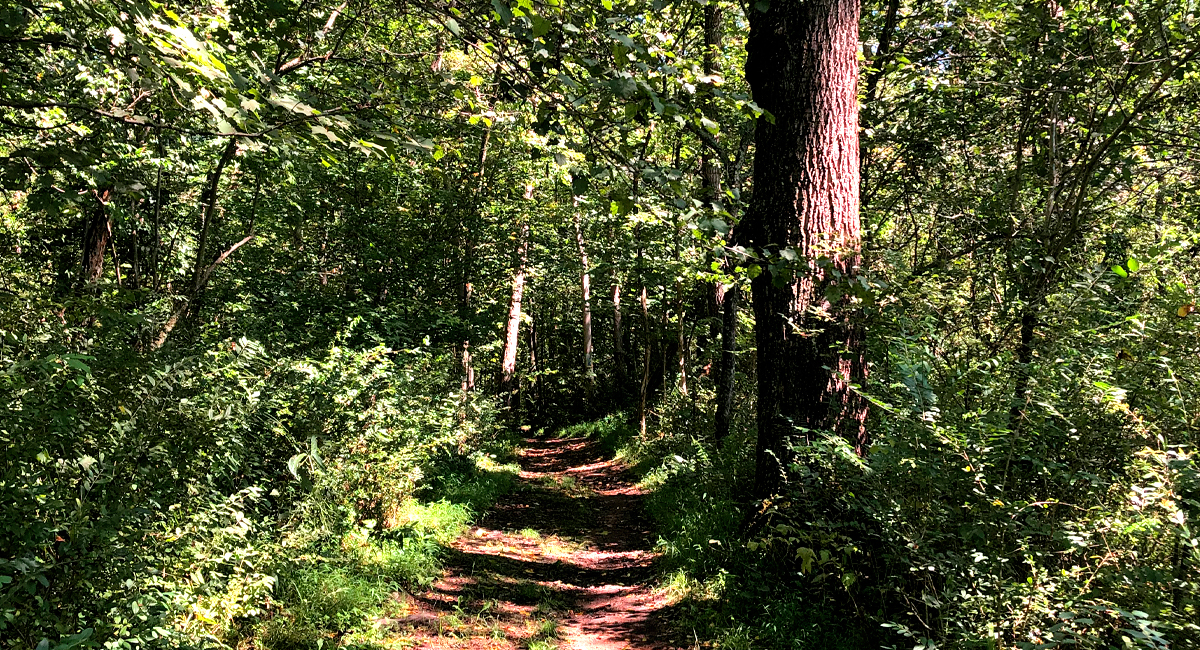
Walking into Shaver’s Creek Environmental Center the first morning after my arrival was stepping into many unknowns. However, starting from the first face I met, the mission of Shaver’s Creek to connect people to people and people to place had been set into motion in my life.

